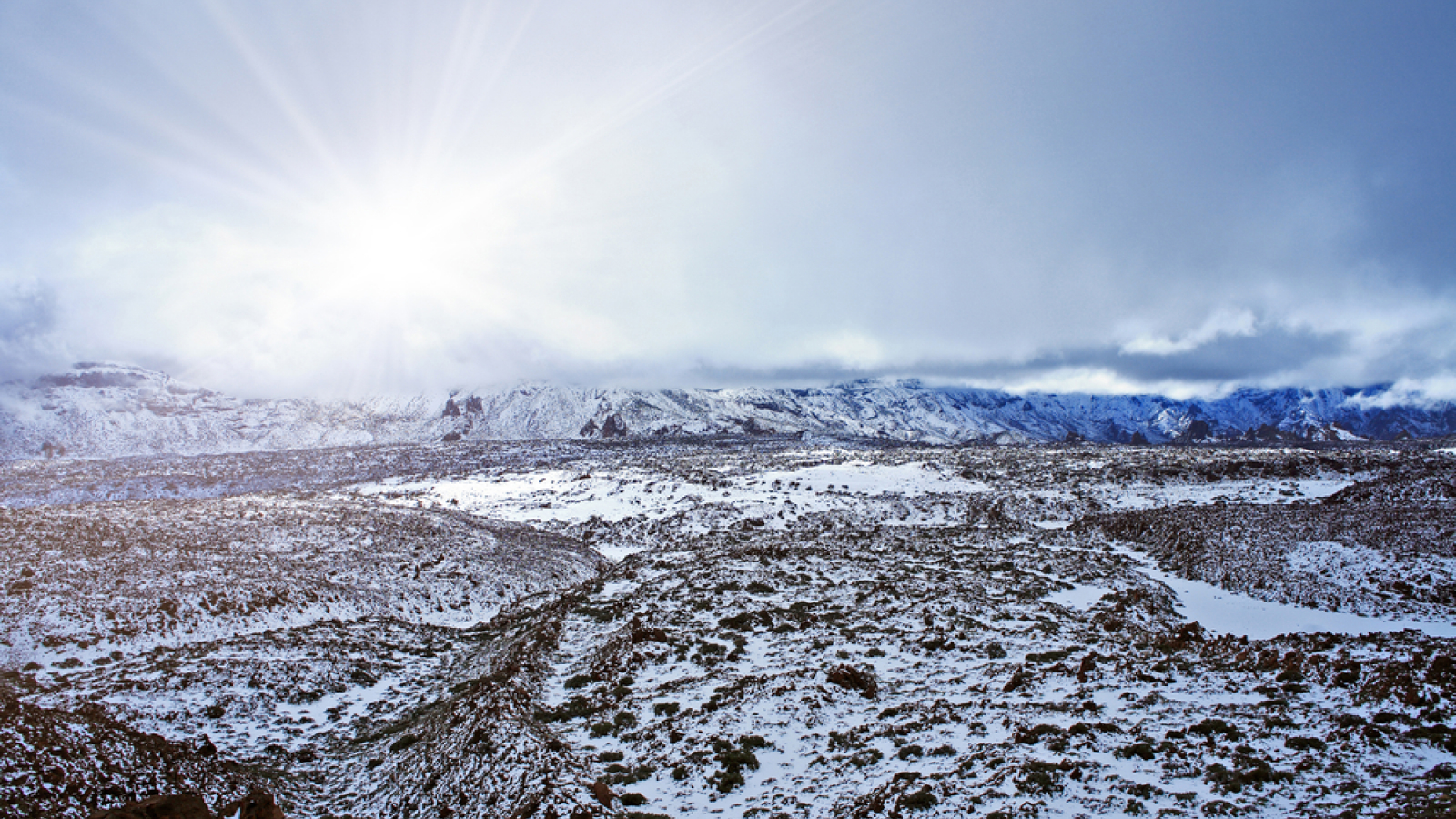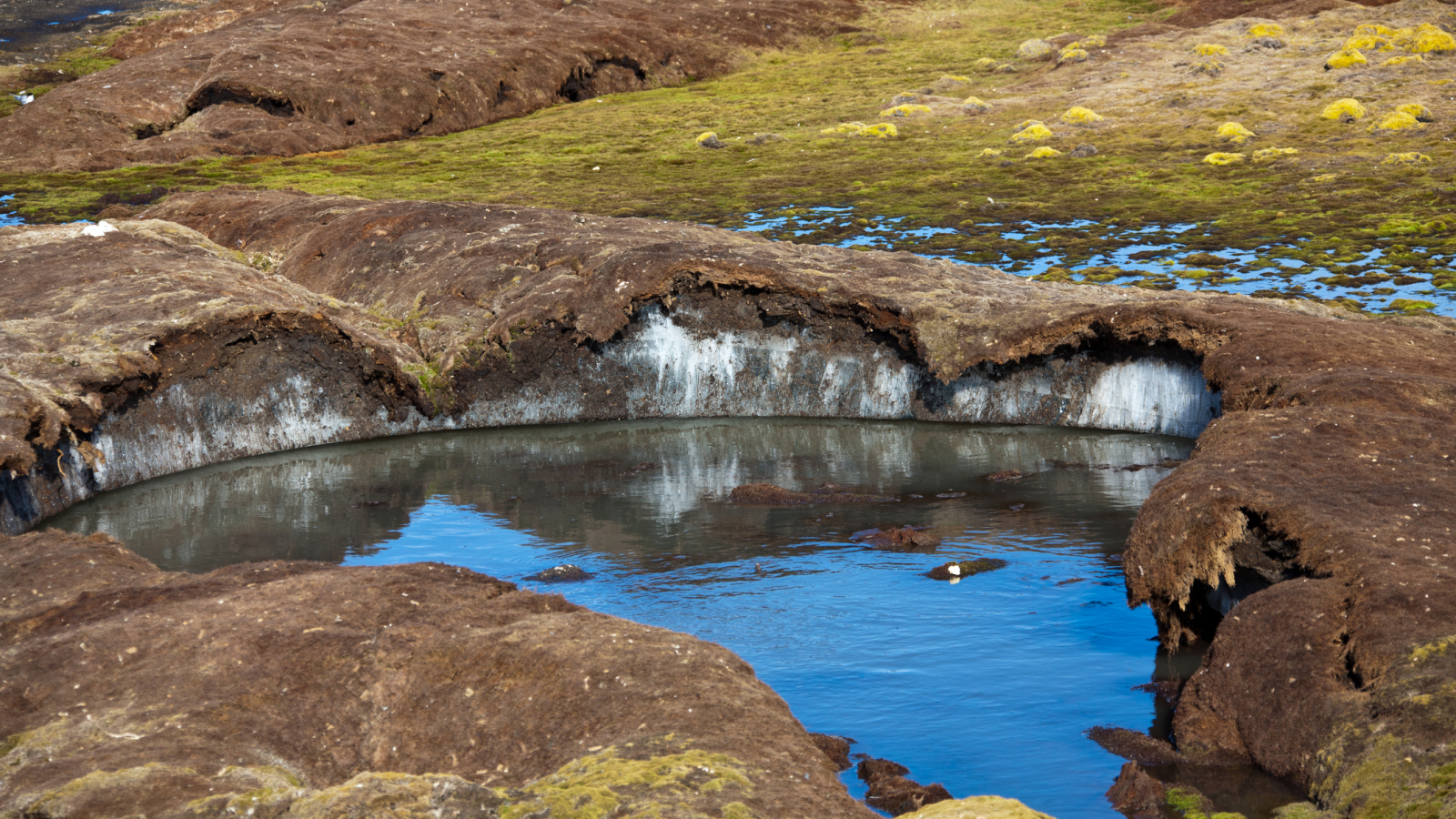'More unzipping of the landscape': Arctic permafrost could crumble into rivers, unleashing devastating feedback loop
Permafrost thaw could result in new rivers forming across the Arctic, potentially unleashing 35 million car journeys' worth of carbon every year.

Permafrost isn't just a feature of Arctic landscapes — it actually shapes those landscapes by directing the flow of water. And as global temperatures increase, this permanently frozen ground could give way to create new rivers and expand existing ones, which would release huge quantities of carbon into the atmosphere, potentially resulting in a devastating feedback loop, scientists have said.
In a new study, published Feb. 1 in the journal PNAS, scientists investigated what role permafrost plays in Arctic watersheds — the area of land that channels water, such as rain and snowmelt, into creeks, streams and rivers, and eventually out to reservoirs and oceans.
After analyzing data from over 69,000 watersheds across the Northern Hemisphere, researchers discovered the hard surface of permafrost prevents water from carving channels — as it would in warmer landscapes — resulting in fewer and smaller rivers in the region.
"Where the ground is frozen, that water doesn't have enough force to sort of carve through that frozen ground," study first author Joanmarie Del Vecchio, a researcher at Dartmouth University, told Live Science. This creates a smoothing effect, so Arctic landscapes are dominated by hills rather than channels.
Instead, water flows over permafrost in tiny pathways called "water tracks," until it eventually reaches one of the Arctic's few rivers.
The researchers found that these few Arctic rivers were deeper and steeper than those found in temperate regions and took up about 20% less of the total landscape. The Arctic watersheds were all shaped by permafrost, they found.
Related: We could be 16 years into a methane-fueled 'termination' event significant enough to end an ice age
Get the world’s most fascinating discoveries delivered straight to your inbox.
However, as climate change takes hold, the warming conditions will thaw permafrost, while also adding more water to the landscape as snow melts earlier and precipitation falls as rain rather than snow. As permafrost thaws, the soil will lose its "protective shield," resulting in erosion, Del Vecchio said.
"Suddenly we have more water with a more thawed soil profile, and that water has the ability maybe to carve," said Del Vecchio. This could cause Arctic rivers to spread and grow, as well as adding new ones to the landscape, further speeding up the break-up of permafrost.
And this shift in Arctic landscapes could have a significant impact on global warming. This is because permafrost holds carbon stored within it from entering the atmosphere, but if permafrost thaws, that carbon will be released, creating a feedback loop that would contribute to more warming.
The study found that permafrost thaw from 1 degree Celsius (1.8 degrees Fahrenheit) of warming in the Arctic could emit the same amount of carbon as 35 million cars driven for a year.
The erosion of thawed permafrost would lead to "more greenhouse gases, more warming, more unzipping of the landscape," Del Vecchio said.

Elyse Hauser is an environmental writer from the Pacific Northwest who studied nonfiction at the University of New Orleans. She focuses on aquatic ecosystems, especially the deep sea. Her work has received support from organizations including Bergen's Center for Investigative Journalism, Seattle's Jack Straw Cultural Center, and the Bread Loaf Environmental Writers' Conference. She writes a newsletter about deep sea mining at notesfromthedeep.substack.com.
 Live Science Plus
Live Science Plus






